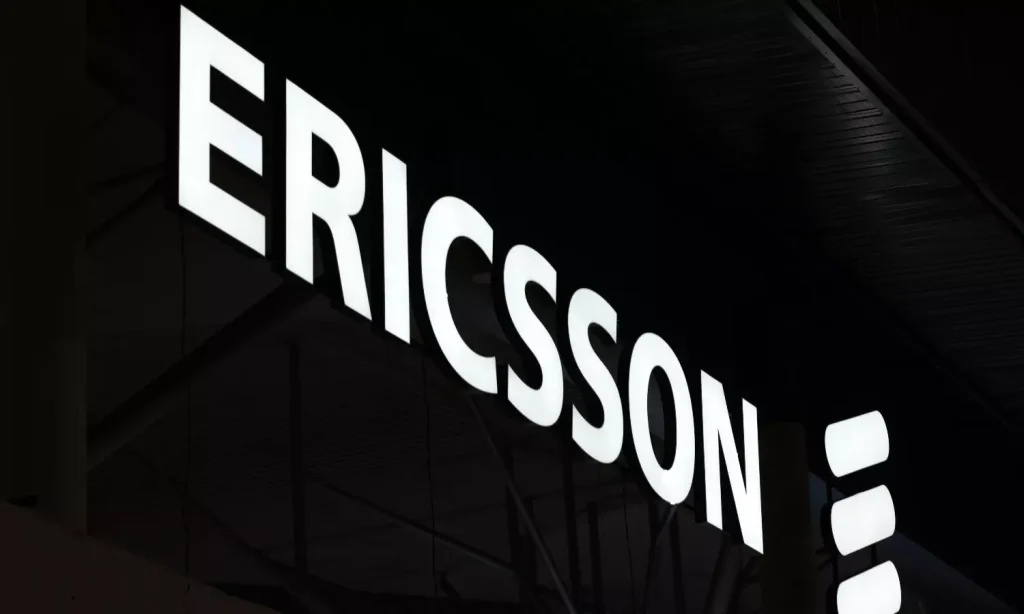Ericsson is scaling up its manufacturing operations in India. Currently, Jabil produces its 4G and 5G equipment in Pune, while VVDN manufactures antennas. With the VVDN partnership, India joins Ericsson’s global manufacturing network, alongside Mexico, Romania, and China. The company plans to export antennas made in India at competitive prices, leveraging local demand and cost efficiencies.

India as a Global Export Hub
Ericsson sees potential for India to become a key export hub. While antennas are set for export, exporting 4G and 5G gear from the Jabil facility is also on the horizon. However, the company wants to increase local value addition before initiating exports. Ericsson’s leadership emphasized that building an alternative ecosystem isn’t easy, but India is on the right path to becoming globally relevant in telecom manufacturing.
Vodafone Idea’s 5G Push Gets Ericsson’s Support
On India’s competitive telecom environment, Ericsson pointed out Vodafone Idea’s determined effort to catch up. The company is working with Ericsson to roll out 5G across Indian cities, starting with Delhi-NCR. This expansion is expected to boost market competition. Ericsson recently replaced Huawei-supplied 4G infrastructure in the region as part of the upgrade.
India’s Strategic Importance to Ericsson
India contributes 7% of Ericsson’s global revenue, making it one of the company’s most significant markets. Ericsson believes India could support three strong telecom operators — like the U.S. and China — due to its large population and demand for innovation. According to Ericsson, Vodafone Idea has a chance to emerge as a competitive third operator.
Call for Technological Sovereignty in Telecom
Ericsson also urged Indian policymakers to prioritize domestically developed and regulated terrestrial telecom networks. The company emphasized that promoting local technologies boosts economic benefits like investments, job creation, and control over critical infrastructure. Terrestrial networks, it added, are crucial for sovereignty and national progress.
5G Preferred Over Satellite for Broader Coverage
While acknowledging satellite communication’s utility in disaster situations, Ericsson reaffirmed that terrestrial 5G offers better speed, latency, and scalability. The company encouraged telcos to collaborate with the government to expand connectivity to underserved regions, aligning with India’s digital inclusion goals.
India’s Role in Ericsson’s Global R&D Future
Ericsson employs 22,500 people in India, with 2,000 involved in R&D. The company’s research focus includes advanced technologies like 6G, AI, and network APIs. Ericsson sees India as a strategic innovation hub — a credible alternative to China — as it invests heavily in the country’s talent and tech ecosystem.
Ericsson’s expansion in India spans manufacturing, R&D, and strategic partnerships. With growing exports, rising domestic demand, and deep investments in innovation, India is fast becoming a cornerstone of Ericsson’s global operations and future-ready ambitions.
